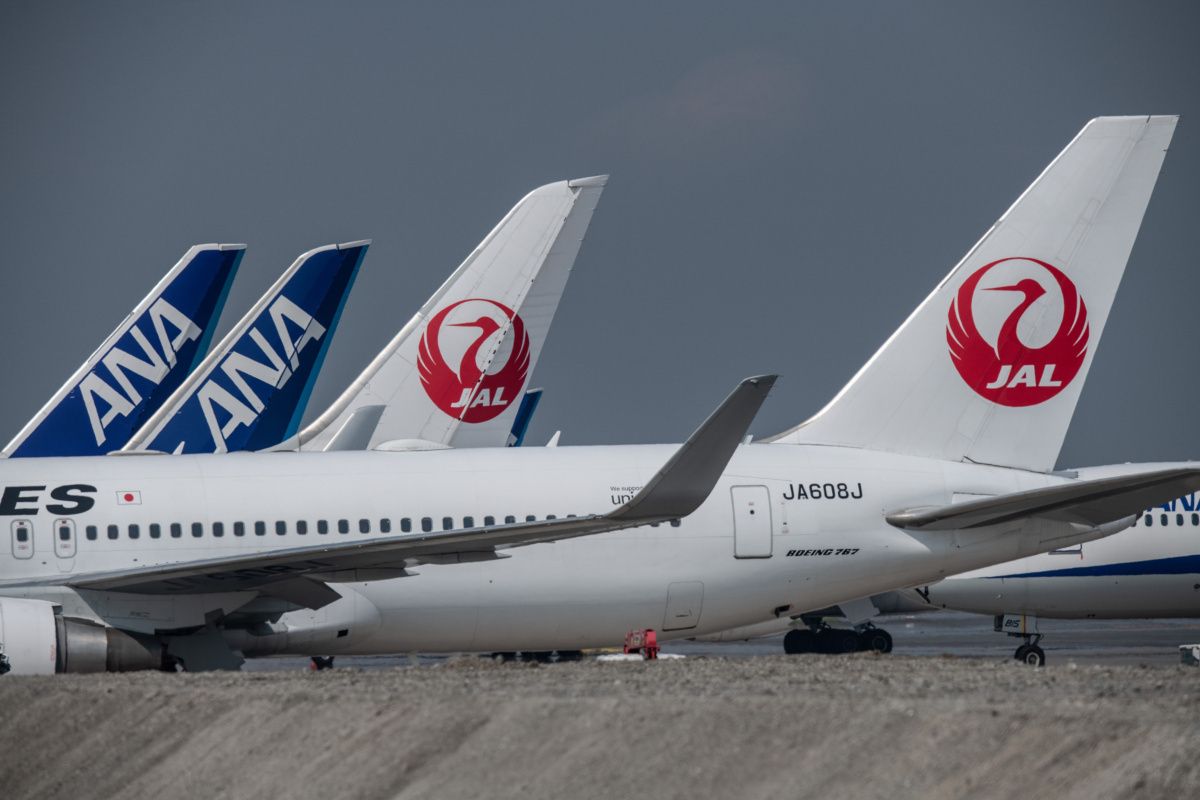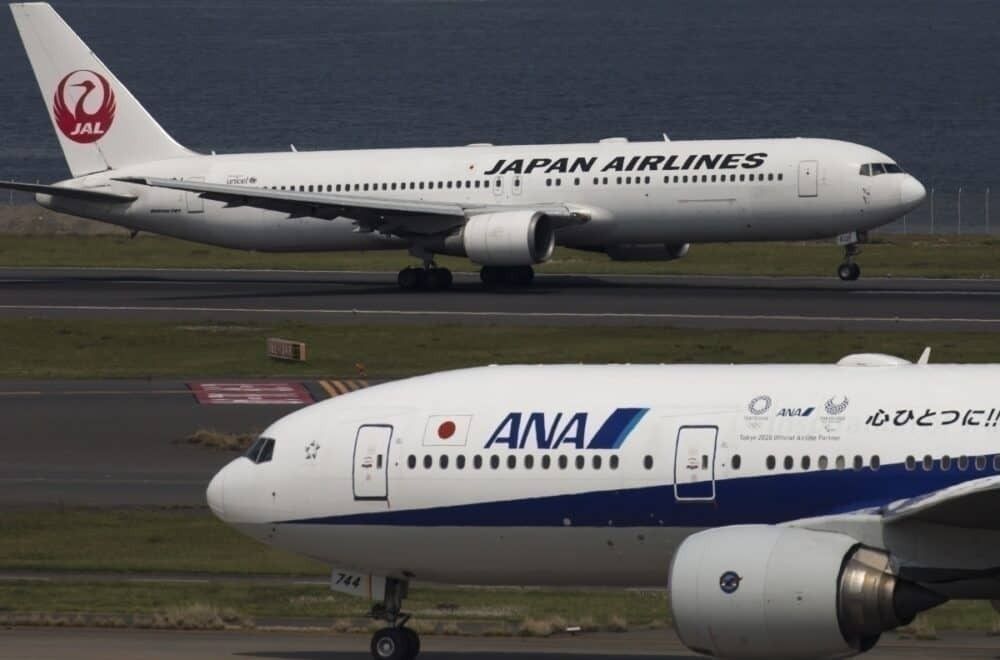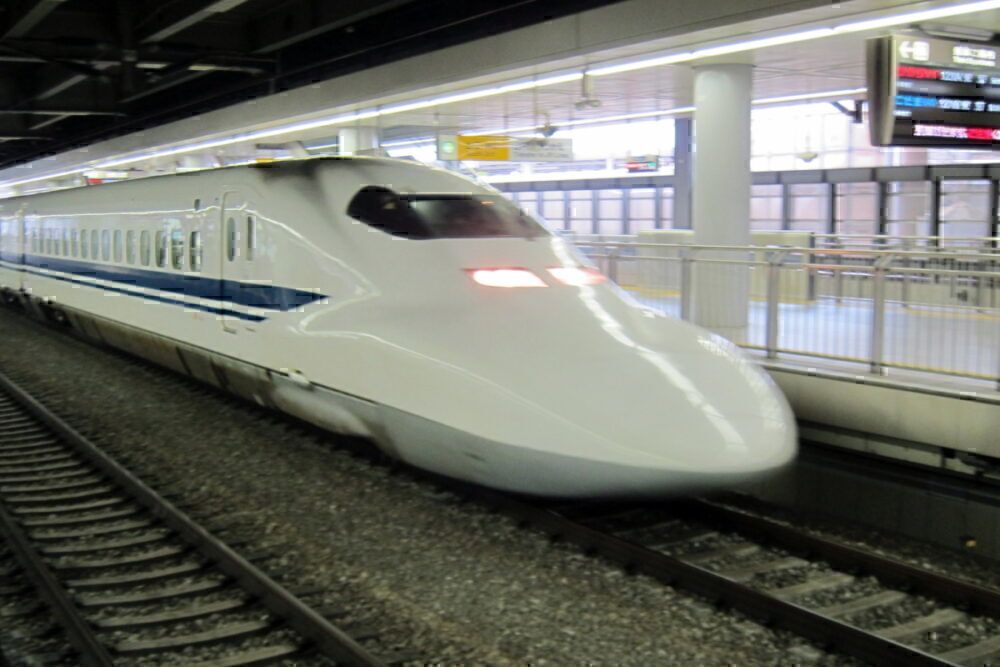At what point does it become easier to drive or catch the train than to fly? At just 400 kilometers, the hop between Tokyo's Haneda Airport and Osaka's Itami Airport must be getting close. But despite the short distance, the sector is one of the world's busiest domestic airline routes.
Even during the downturn, there's a good frequency on this route
A report by OAG called Busiest Routes 2020 delves into the world's most popular airline routes. Despite the title, it covers the action across 2019. That's because this year is hardly an average one.
Admittedly, the route between Haneda and Itami only just made the top ten busiest domestic airline routes - it came in at tenth. 7,248,300 travelers made the trip in 2019. There are quite a few shortish routes in the top ten, but this was the shortest. All up, four Japanese routes made the top ten. That's interesting in itself because Japan has some excellent transport alternatives to short-haul flying.
Stay informed: Sign up for our daily aviation news digest.
Right now, domestic travel is way down in Japan. In August, it was down around 70% compared to August 2019. But doing a Google Flights search on the route between Haneda and Itami for October 27 shows there are still 21 flights operating to Osaka Itami from Haneda.
Japan Airlines and All Nippon Airways have the route nicely tied up. Even though it may not be nearly as busy as usual, the frequency isn't too bad. What's trickier to determine in how full those 21 flights down to Itami are.
Airlines roll out the widebodies on the run between Haneda and Itami
It's also interesting to note the types of aircraft on the route. Of the 21 flights down to Itami on October 27, only two are in single-aisle aircraft. On two All Nippon Airways' flights, the airline deploys a Boeing 737 and Airbus A321. The rest of the flights use either Boeing 767s or 787s. Both Japan Airlines and All Nippon Airways operate these two types of aircraft on the route.
The absence of smaller single-aisle planes on the route suggests passenger demand must be reasonable.
Flying time is one hour and ten minutes. You'd probably only spend a quarter of that time at cruising altitude. The rest of the time would be spent taxiing on the ground, climbing, or on the drop.
In contrast, the bullet train between Tokyo and Osaka takes two and a half hours. The bullet train also costs more. But by the time you get to and leave the airports at either end, you could come out ahead taking the train.
Asia dominates in the list of busiest domestic airline routes
The eight busiest domestic route was also in Asia, and was between Jeddah and Riyadh. Those two cities are about 950 kilometers distant. It was traveled by 8,018,205 passengers in 2019.
The only sector not in Asia was the route between Sydney and Melbourne. It's about the same distance as between Jeddah and Riyadh, and 9,958,500 passengers made the trip in 2019, making it the fifth busiest domestic route.
In Japan, the other three domestic routes that made the top ten were between Sapporo New Chitose and Haneda, Fukuoka and Haneda, and Okinawa and Haneda. The route between Sapporo and Haneda was the busiest in Japan and the second busiest domestic route in the world in 2019. What's interesting is that all four Japanese routes involve Haneda.
The rise of Haneda Airport is a story in itself. Over the past few years, the airport has drawn more and more traffic from Tokyo Narita. Haneda is turning into quite a success story.
Of course, everything was turned on its head this year. It will be interesting to see the busiest routes this year and how much they change from 2019.



